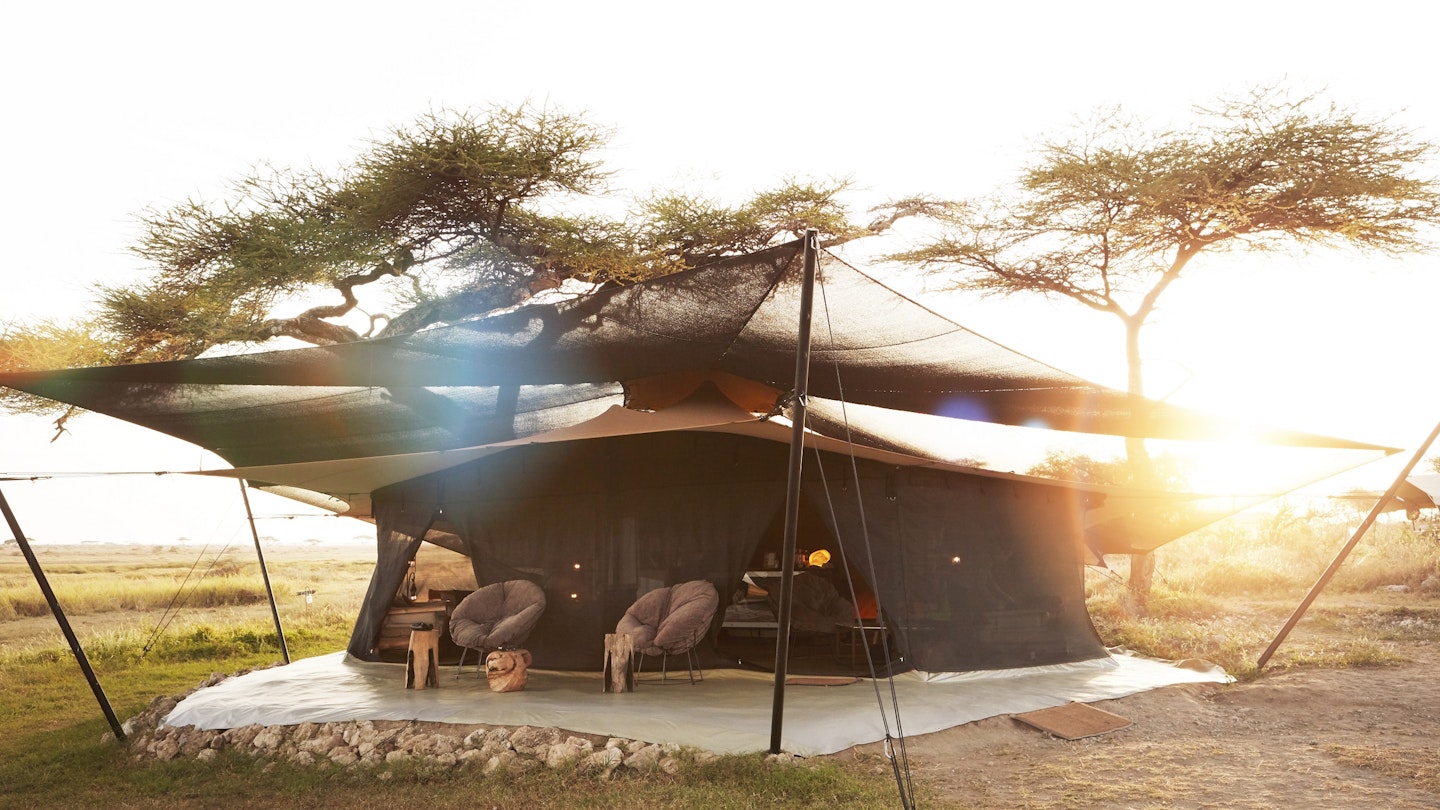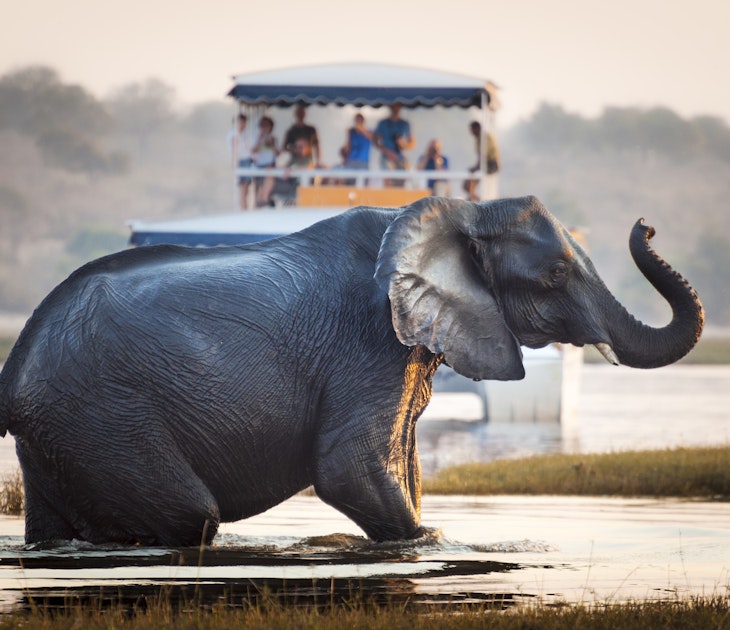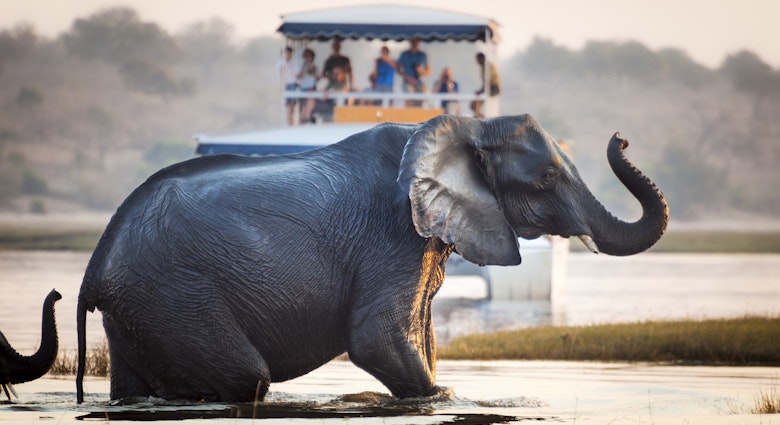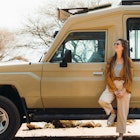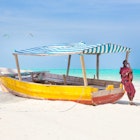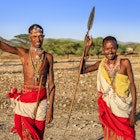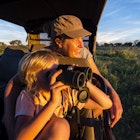If you’ve never before been on safari, one of the great pleasures of travelling in Africa awaits. If you’re lucky, you’ll spend your days tracking down one species of charismatic megafauna after another, from elephants and rhinos to big cats, buffaloes and giraffes. But what does a typical day on safari really involve?
Although experiences will vary depending on your budget and the type of accommodation, whether you’re camping, sleeping in lodges, or glamping under canvas in a luxury tented safari camp, some elements remain constant. Here’s what to expect.

Morning
Most days on safari begin before dawn. While watching the sunrise in Africa is reason enough to rise before the sun, you’re also up early because the first two hours of daylight are the best times to see wildlife – in the cool of early morning, most animals are out and about and active (even some of the nocturnal species such as hyena). Even so, there should be no need for an alarm clock – on most safaris, a camp attendant will wake you, a quiet African voice coming from the darkness. Sometimes you’ll be served tea and coffee in your tent, and there may be light breakfast snacks available in the camp’s communal areas while everyone assembles.
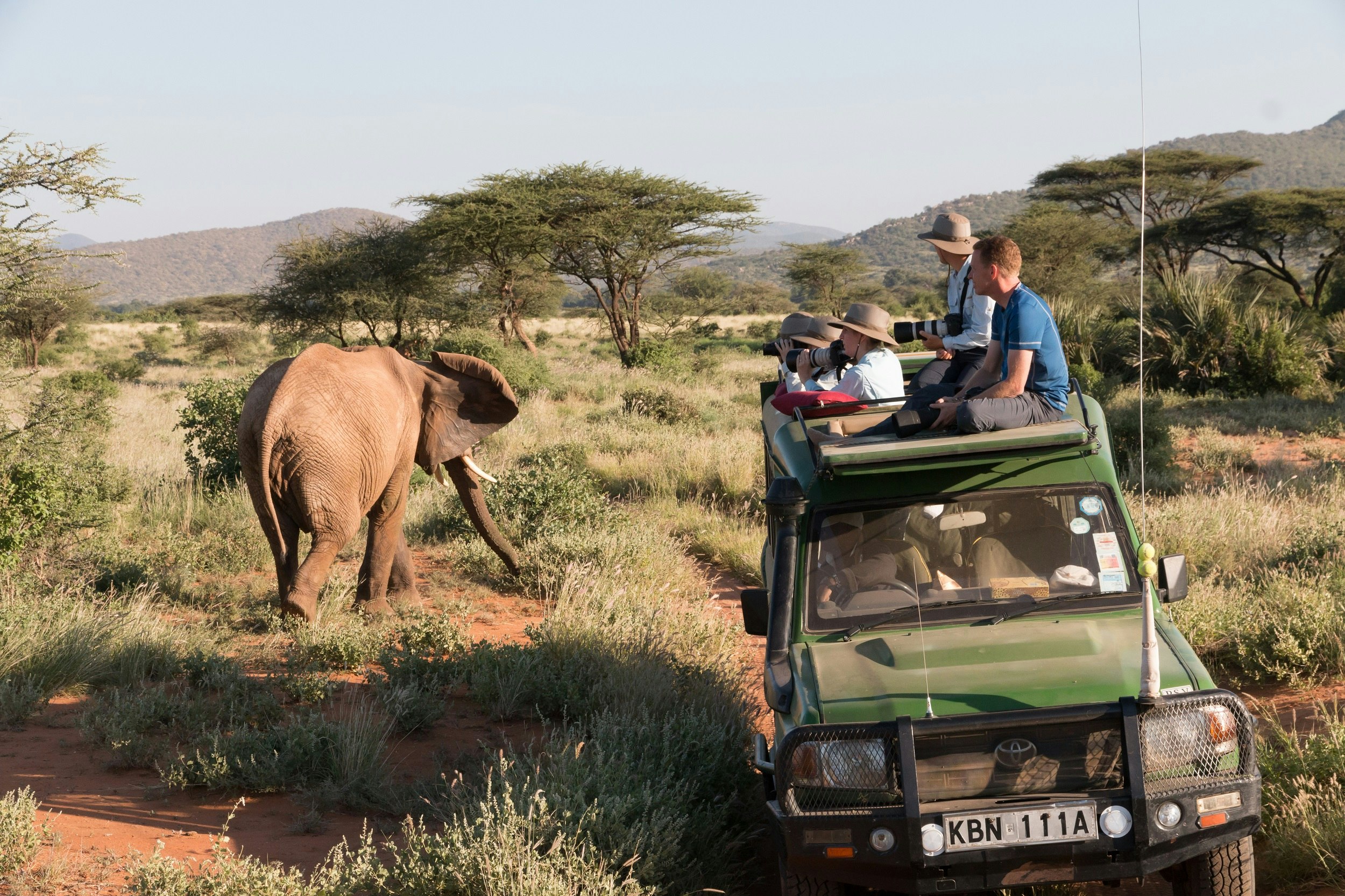
As close to dawn as everyone can manage, you’ll be on the trail of wildlife, most often in an open-sided safari vehicle with tiered seating. The norm is that you’ll share these vehicles with other guests (private vehicles cost extra), but they’re rarely crowded. The better camps will provide you with blankets – mornings can be decidedly (and, for some, unexpectedly) chilly! Sometimes called ‘game drives’ in a nod to the safari drives of old, wildlife drives can last for two hours or even twice that – it all depends on what’s happening in terms of wildlife sightings. Very often, guides and drivers from the same camp will be in touch with their colleagues over the radio to make sure that everyone in camp gets to see the same wildlife where possible.

Drives in 4WD vehicles are the most common ways to explore, though walking safaris are sometimes a possible alternative if you're staying in a private conservancy; outside of Zambia, Zimbabwe and South Africa, walking options are rarely permitted in national parks. Boat excursions are another possibility in some areas, such as the dugout canoe (mokoro) trips in the Okavango Delta, Canadian-style canoes on the Zambezi in Zimbabwe (Mana Pools National Park) and Zambia (Lower Zambezi National Park), or the powered sightseeing boats in Botswana’s Chobe National Park or Tanzania’s Selous Game Reserve.
The heat of the day
On most days, you’ll be back in camp by mid to late morning. A more substantial breakfast or brunch usually follows, although sometimes this meal is served a little later as lunch. Whatever you call it, this meal is often followed (and sometimes preceded) by free time – have a siesta, laze by the pool if there is one, or simply find a vantage point from which to contemplate the beauty of wild Africa. If your safari experience includes the option of a visit to a local village or some other non-wildlife excursion, then it will most likely occur around this time.

Afternoon tea – sometimes called high tea – is an old safari tradition, and is ordinarily served around mid-afternoon, between 3pm and 4pm. How much food and drink are offered varies from camp to camp, but you’ll rarely leave hungry, and high quality cuisine is increasingly a part of the safari camp offering.
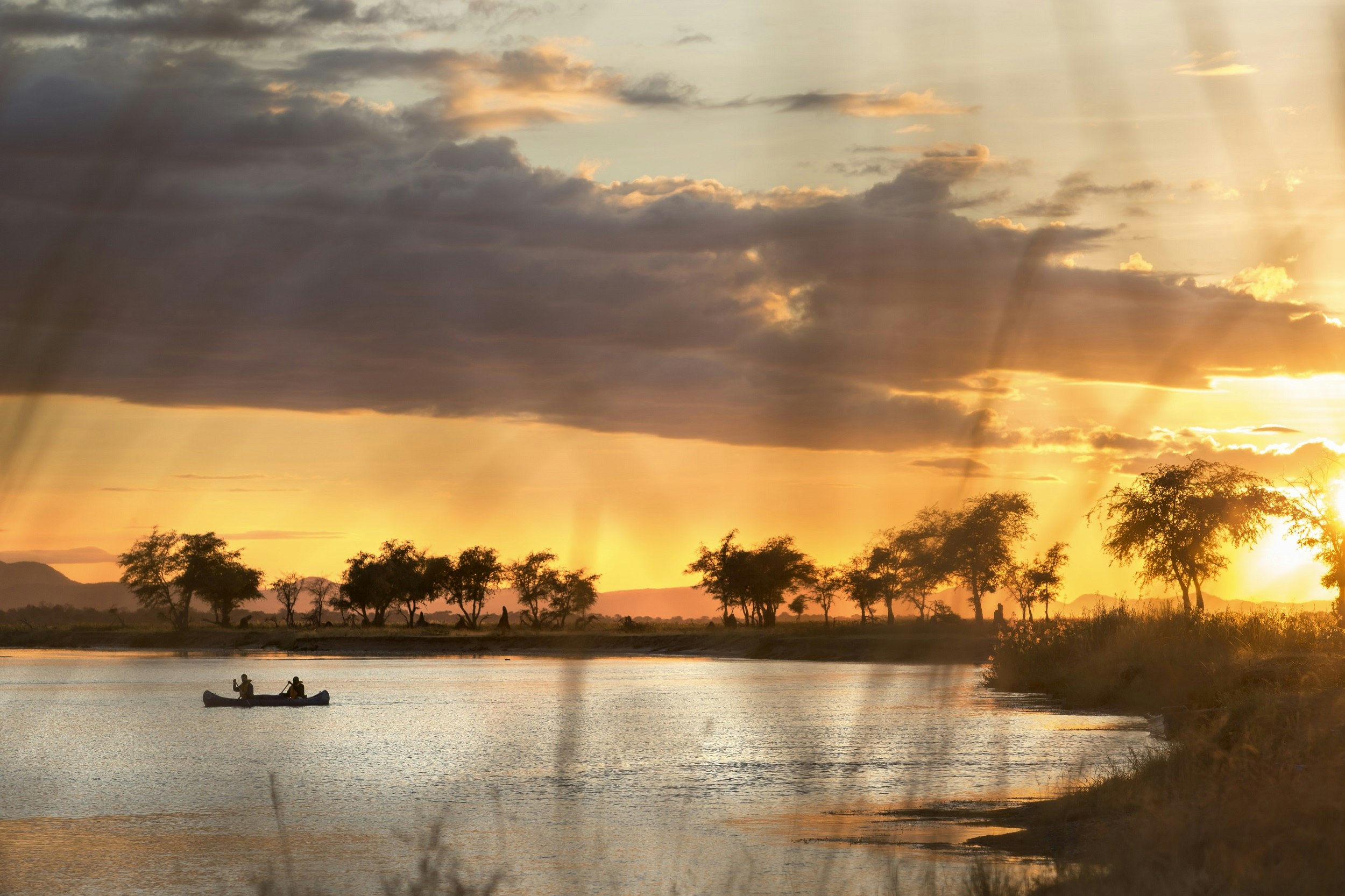
Late afternoon & evening
As the heat of the day passes, you’ll leave camp for another wildlife drive (or walk, or boat excursion…). These usually last for a couple of hours, and before you return to camp, most safari drives will pause at a scenic site for what’s known as the 'Sundowner', another venerable old safari custom. Nursing the drink of your choice while watching the sunset overlooking a waterhole or acacia-framed golden grasslands of the savannah – bliss!
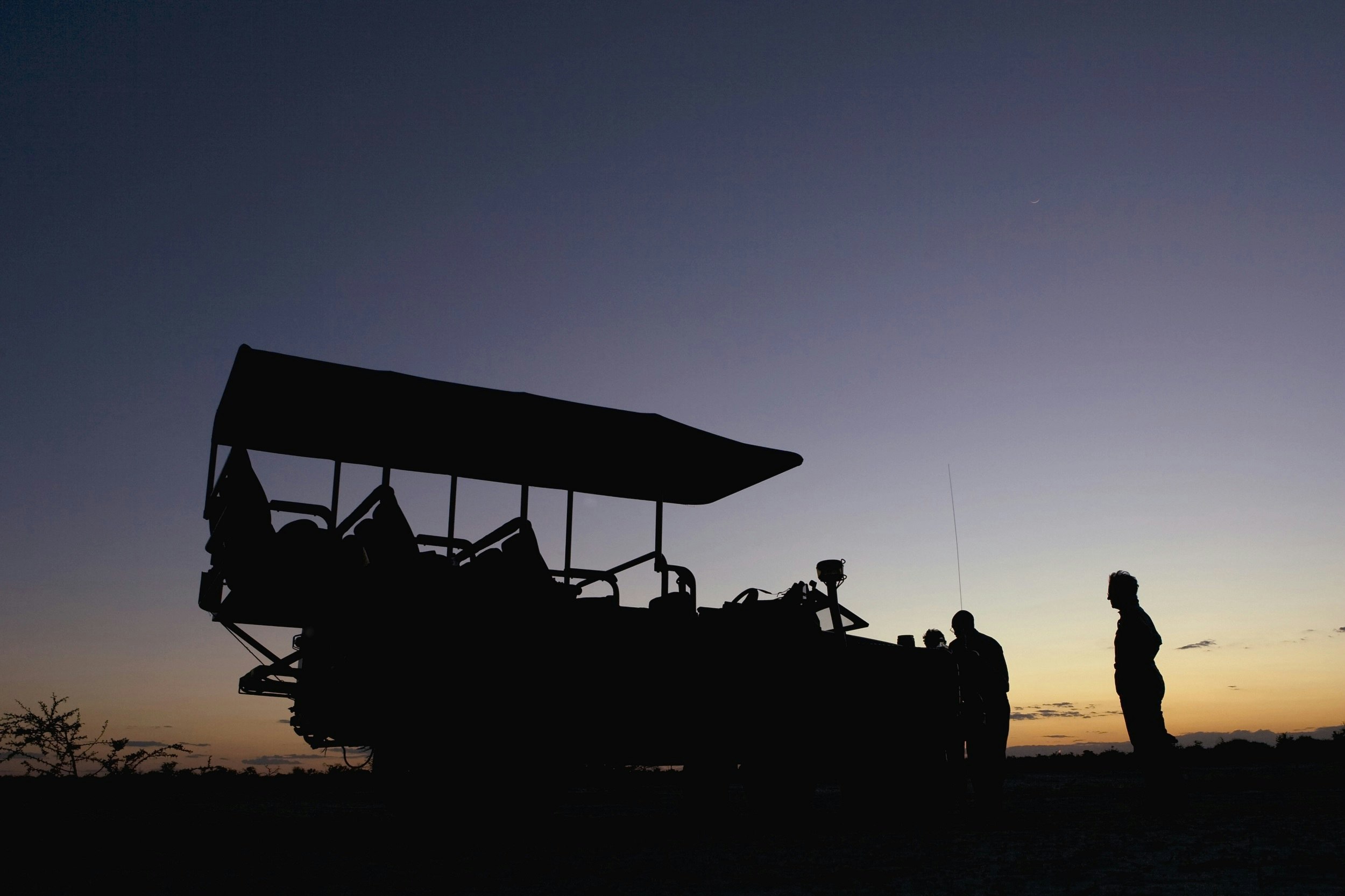
If you’re visiting a national park, you’ll need to leave the park (if you’re staying outside) or be back in camp (if you’re staying inside) before the sun sets. If, on the other hand, you’re staying in a private or community-run conservancy, there are fewer (very often no) restrictions about driving after dark. In such cases, you’ll return later to camp on some nights, taking advantage of the opportunity to spot nocturnal species using an animal-friendly spotlight. While this could be all kinds of species that you can also see during the day, a night drive opens up a whole world of other possibilities, including rarities such as aardwolves, civets and aardvarks. Another advantage of these conservancies is that, day or night, your driver may be allowed to drive off-road as they try to find wildlife.
Whenever you arrive back in camp, you’ll be given time to freshen up, and change for dinner. In the more luxurious lodges and camp, you may be expected to dress for dinner as you might in a high-class restaurant. More often, a change of clothes is more about comfort than dress codes. Before and after dinner – which in most camps and lodges is the main meal of the day – there’s usually an open fire burning where you can take your evening drink to stare into the fire or talk with other guests. In some camps, there may be a pre-dinner lecture by a naturalist or some form of cultural entertainment.
When it comes time to return to your tent or room, chances are that you’ll be escorted by a camp attendant with a torch, just to make sure that you don’t stumble upon an elephant, lion or buffalo that may be hanging around camp at night. And then the lights go out and you fall asleep to a chorus of the night noises of Africa.
You might also like:
Where you should go on your first safari in Africa
The joys of a mobile safari
The story of lions (and your guide on where to see them on safari)
Are you ready for a self-drive safari in Africa?
